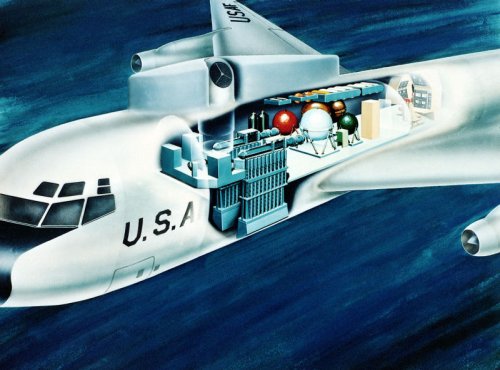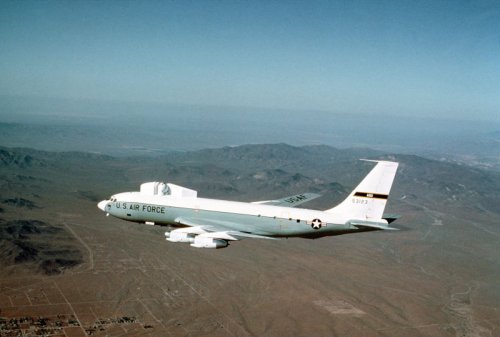- Joined
- 1 April 2006
- Messages
- 10,726
- Reaction score
- 6,737
Friends, will ask for a help on a subject. Looking for articles, magazines, newspapers from the ALL test era. AWST, Interavia and so on, so far Flight International is available online.
Looking as well for drawings, photos of the early ALL configuration (see pics attached).
Konstantin Udalov and I cooking an brochure on airborne lasers, including A-60, airborne laser 3M and M-55 mods and their Western counterparts.
Standart KC-135/J57 general arrangement with dimensions would be nice, too.
Thanks in advance.
Looking as well for drawings, photos of the early ALL configuration (see pics attached).
Konstantin Udalov and I cooking an brochure on airborne lasers, including A-60, airborne laser 3M and M-55 mods and their Western counterparts.
Standart KC-135/J57 general arrangement with dimensions would be nice, too.
Thanks in advance.





